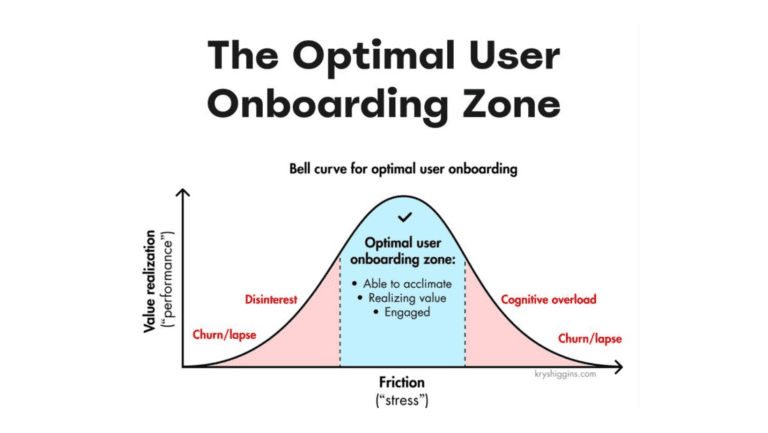In the age of COVID-19, digital transformation is playing a bigger role than ever and companies have had to completely change the way they think about certain processes in order to survive. Processes that were previously performed in person have been reworked and transformed to enable employees to efficiently work from home.
Even without the obstacles of the COVID-19 pandemic, most companies see the tremendous potential of digital transformation. Organizations understand that adopting new technology is the only way forward, but before jumping into the benefits, it’s helpful to lay out a framework for what exactly digital transformation is.
What Is Digital Transformation?
Digital transformation is essentially the task of migrating analog or outdated digital processes over to the most advanced technologies and digital processes available. This transformation can encompass everything from email analysis to shipping notifications. The main idea is to take an old process or service and utilize cutting-edge technology to significantly improve said process.
Culture and leadership play a large role in digital transformation. A company with an innovative culture and savvy leadership team will constantly experiment with technology to see how it can improve their operations and processes. These digital transformation leaders are found in all types of organizations, regardless of niche.
Businesses are not the only entities that are embracing digital transformation; governments, educational institutions, and non-profits are all using innovative technologies to tackle the problems that they are facing. In fact, it’s a valid assertion to say that every organization out there should be embracing digital transformation.
Why Should I Care About Digital Transformation?
Organizations that do not embrace digital transformation are bound to be left in the dust by competitors. Digital transformation provides endless possibilities for efficiency gains and improved customer relations. Thus, organizations that properly execute and embrace digital transformation experience higher profits and better customer experiences.
At the heart of digital transformation is data. Digital transformation enables your business to collect insights — about not only your customers, but about your operations as a whole — that can subsequently be utilized to facilitate improvements. Data can help your business understand your customers’ needs and your team can then develop a strategy that addresses those needs.
Employees can also improve their productivity by utilizing digital tools. Digital transformation can greatly increase employee collaboration, often resulting in the development of innovative products and services. Essentially, a successful digital transformation can improve a variety of processes and operations across the entire landscape of your organization.
With the ample aforementioned benefits, why hasn’t every company embraced these new technologies? Alas, this is largely because digitally transforming your company is not as easy as flipping a switch. There are many pitfalls that could leave your operations worse off than before if you don’t carefully conduct your digital transformation. Therefore, your organization needs a digital transformation strategy that works within the context of your specific business processes.
Digital Transformation For My Company
Digital transformation looks different for every company. A doctor that is now seeing patients virtually will have different needs than a spring manufacturer. Both organizations need to embrace digital transformation, but the way they go about it will look drastically different.
While every digital transformation project varies, there are a few common themes that successful projects have in common. Here are a few ideas your company should keep in mind when considering digital transformation.
Develop A Comprehensive Strategy
Some organizations will recklessly throw new technology into a situation and expect the new technology to magically improve the organization’s bottom line. This is far from the truth. If your company has flawed practices, a new digital process will not fix the problem. In fact, the technology could exacerbate the problems your company is experiencing. To prevent this from happening, your team needs to set up the right foundation for a digital transformation project.
You should work with key teams throughout your company to identify exactly how a digital transformation project would affect all processes and services. As a result, you will be able to ensure that the right people are collaborating to address the concerns and issues that could arise during your digital transformation. The ultimate goal is to create a strategy that your team can follow and utilize to make the process run smoothly.
Secure Buy-In From Key Leaders
Change is difficult. Even the most comprehensive digital transformation strategy can fall flat on its face if employees and leaders are resistant to change, and your plan needs to leverage leaders from all parts of your organization. And these can’t be just any team leaders; they must be leaders that employees trust and respect.
Managers and leaders will be the employees actually implementing many of the facets of a digital transformation project, so it’s imperative that you get them to buy into the process. Keeping key employees in the dark or failing to show them key parts of the project or strategy could result in disaster. If any manager or leader does not believe in the project, then there is a much higher chance that your project will fail, so be sure to secure buy-in and emphasize transparency.
Communicate Honestly And Effectively With Employees
When a company announces a digital transformation project or strategy, the first thing an employee may think is, “Is my job going to be replaced by robots?”
These thoughts could lead to unrest and uncertainty within your workforce that could end any hope of a successful project. Even worse, your company could see a mass exodus of employees. It is imperative that you communicate honestly with your employees and keep them in the loop about how the digital transformation will affect their job. (And don’t forget to tell them what they can expect when all is said and done!) Show your employees how these changes will actually improve their ability to perform their jobs, and reassure them about any fears they may be having.
In our highly technical world, executing digital transformation projects may be the difference between failure and success in business. No matter how antiquated your current operations may be, your organization must lean into the digital age and adopt technologies that optimize your business.



